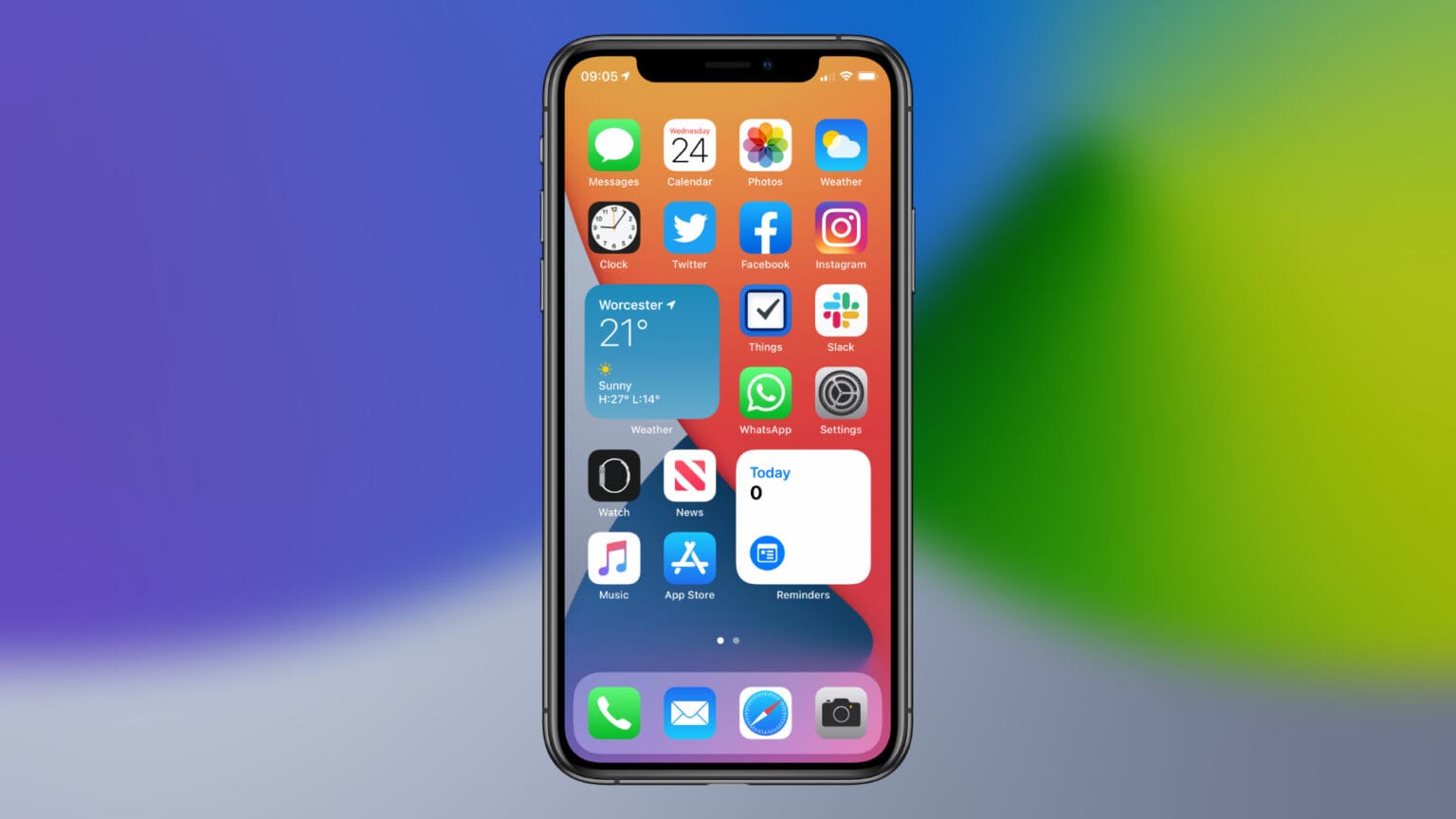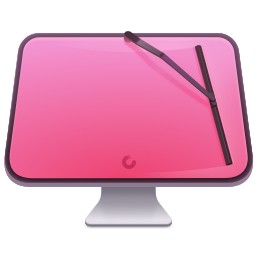 For many iPhone users, the biggest and most exciting change in iOS 14 is the addition of Home screen widgets. It’s a feature we’ve been waiting years to get — and a feature Android has offered since the very beginning. But there’s something you should know before you start using them this fall.
For many iPhone users, the biggest and most exciting change in iOS 14 is the addition of Home screen widgets. It’s a feature we’ve been waiting years to get — and a feature Android has offered since the very beginning. But there’s something you should know before you start using them this fall.
iOS 14 Home screen widgets aren’t quite as powerful as you might think they are.
There’s no doubt real widgets are a great addition to iOS. The out-of-the-box options already baked in by Apple prove incredibly useful. And we soon will start seeing even more widgets as third-party developers add them to our favorite apps. What’s more, widgets are customizable (in some cases), and they can be stacked to help tame Home screen chaos.
iPhone users also will argue that iOS 14’s widgets look a lot prettier than Android’s. They’re all the same shape, so they integrate nicely into your Home screen grid, alongside all your apps. Some, such as Calendar and Music, even recognize when you’re using Dark Mode and switch up their look to follow suit.
There’s one big advantage Android’s widgets have over those in iOS, though.
iOS 14’s new widgets aren’t interactive
Widgets in iOS 14 currently offer little more than a tiny snippet of useful information. They can display weather conditions, upcoming appointments, items on your to-do list, and what you’re listening to. But Apple doesn’t make them (or allow them to be) interactive like Google does.
CleanMyMac X: Your all-in-one Mac solution
It cleans! It optimizes! It keeps viruses at bay! And now, MacPaw’s killer app is available on Apple’s official Mac App Store, so you know it’s safe. Cult of Mac readers can get CleanMyMac X at an exclusive 30% off through July 5. Activate your discount now!You can’t check items off your to-do list with the Reminders widget, start a workout with the Fitness widget, or play a track from the Music widget. Tapping them simply opens their respective apps.
“Widgets display relevant, glanceable content, letting users quickly get to your app for more details,” explains Apple’s new widget guidelines for developers. “Widgets present read-only information and don’t support interactive elements such as scrolling elements or switches.”
If a developer attempts to add buttons, switches and other interactive objects, Apple’s new WidgetKit framework simply omits them when they’re rendered on your Home screen.
Don’t expect the rules to change
Developers do have the opportunity to make up to four sections of their widgets (depending on the size of the widget used) tappable. These can be used for deep-linking into apps, to kickstart a certain task — like composing a new email. But again, you have to be redirected to the app.
Apple’s own Maps widget provides an example of this. It has two buttons — one of which takes you directly to its built-in search function, while the other automatically finds nearby bars and restaurants. Maps opens up as soon as you tap them.
Sadly, this likely isn’t just a limitation of the first iOS 14 beta, which Apple released after Monday’s WWDC 2020 keynote. It’s almost undoubtedly not going to change before the final version of iOS 14 debut this fall. The fact that it’s written into Apple’s guidelines, which developers must follow when building and updating apps for iOS 14 today, suggests the rule is set in stone for now.
That doesn’t mean things won’t be different in a future version of iOS. Apple could make widgets more useful by allowing interactive elements later … but the company also could decide that widgets are enough as they are. But at least they’re not Apple Watch faces; at least developers do have the ability to make their own.
Update: Added paragraph to clarify developers can make areas of a widget tappable to deep-link to certain app functions. These take users into an app to continue their task; it cannot be carried out from the Home screen using the widget by itself.



